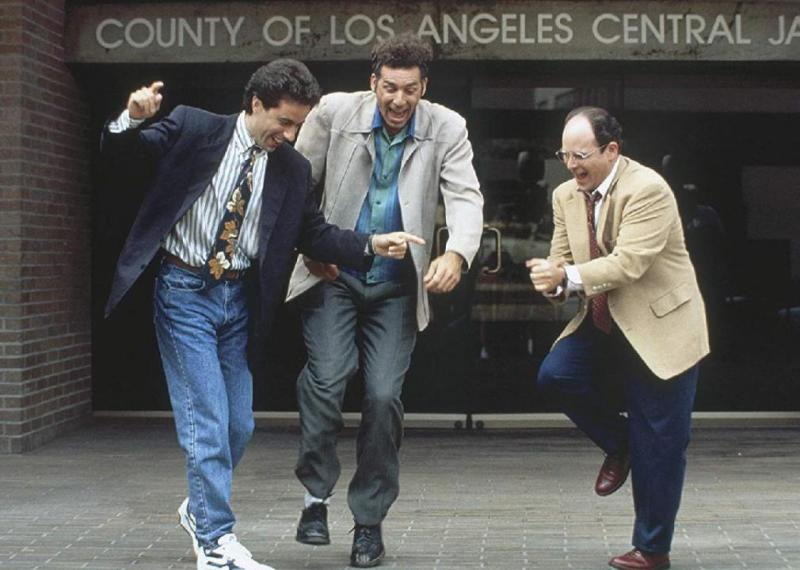All art is a product of its time.
Whether consciously or not, artists of all varieties are inspired and influenced by the ideas, events, and trends of the time that they live in. As times change, so does culture, and art made in the past is seen through a new lens.
Where some of these pieces of art are seen as having aged well, maintaining their relevance and passing into the realm of the timeless, some art is seen as having aged poorly, losing its relevance and being discarded into the trash heap of history. This kind of periodic cultural re-evaluation can be very healthy for a society when done in a measured way, but done overzealously, it can lead to countless cultural works being disposed of before their time.
The last few years have been a time of rapid political and social change in the United States, and activists for justice have launched a crusade against old media that is seen as being “problematic.”
Articles abound online which castigate such classic films as “The Breakfast Club” and “Blazing Saddles” for being racist and/or sexist by modern standards. Any movie that contains an actor playing a character of a different race – regardless of whether or not said character actually portrays any harmful stereotypes – is immediately thrown out. Old animated films like “Snow White” and “Peter Pan” have become almost taboo because of some of the dated notions within them (i.e. Snow White is kissed without her consent and the Lost Boys dress up as American Indians.) A sitcom like “Friends” is no longer acceptable because the cast isn’t diverse enough.“Seinfeld,” meanwhile, is now criticized for making jokes about Nazis; no matter that the people making the jokes are Jewish.
Every film and show old enough to drive seems to be “revisited” so that it can be picked apart for how well it holds up against modern sensibilities. Almost every time, the verdict comes out guilty.
Though the intentions of these social crusaders are often pure, the central concept behind this push to eject old media is deeply flawed. To criticize an old piece of media for failing to live up to modern standards of morality is to assume that American society has somehow reached the pinnacle of its evolution, and that nothing which is commonplace today will be looked back on with shame in a generation. Much of what is considered “problematic” today was completely normal thirty years ago, and what is normal today will be considered “problematic” thirty years from now. Every person is a consequence of the times they live in, and so is the art that they create. People can’t be blamed for not acting in accordance with social norms which simply didn’t exist at the time.
Societies change. People change. Art changes. No one can be expected to travel back to the past to adjust their behaviors and beliefs for the norms of a later time. The most that can be expected of any person is to simply change and get better as time goes on. The art that people of the past made, meanwhile, should be appreciated in context, rather than only through the lens of the modern day.
Changing faulty or harmful notions from the past to improve the lives of people in the present is a noble goal, but the activists pushing for these changes are severely overcorrecting. As the saying goes, hindsight is 20/20, and crippling myopia about the future is a constant. Though mistakes of the past do need to be addressed, there are also crucial lessons that can still be learned from art made decades ago. To successfully confront history, one must first understand history.


